Whiskers, or vibrissae, are a hallmark feature of felines, serving a myriad of functions that are critical to their survival and effective hunting strategies. These specialized hairs extend beyond the aesthetics of a cat, offering evolutionary advantages that have fine-tuned the cat’s ability to interact with its environment.
The Anatomy of Whiskers
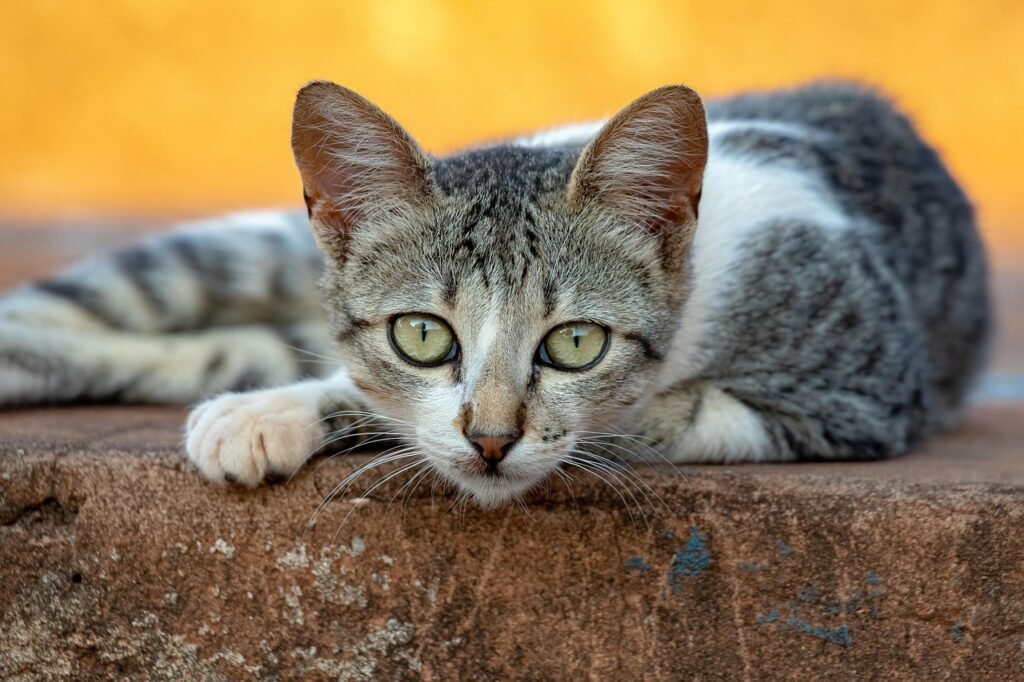
Whiskers are not simply elongated hair strands; they are deeply embedded in a cat’s skin and connected to muscles and nerve endings that provide cats with critical sensory information. Each whisker is rooted in a hair follicle rich in nerves, allowing cats to detect even the slightest changes in their surroundings.
Sensitivity and Environmental Awareness
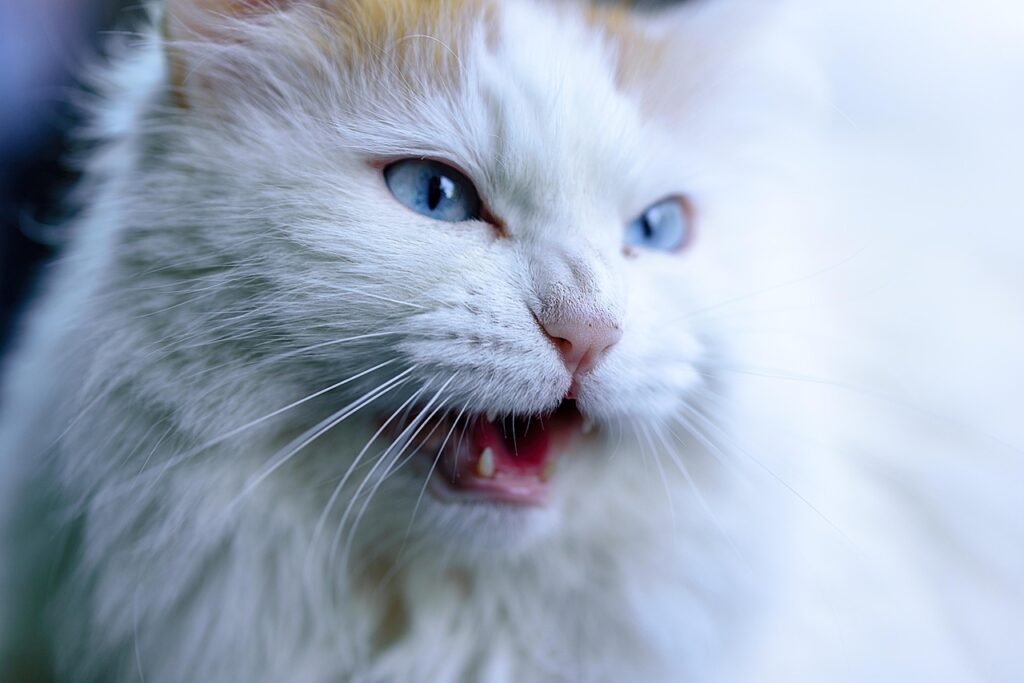
Cats use their whiskers to navigate their environment, especially in the dark. The sensitivity of whiskers allows cats to detect changes in air currents, helping them avoid obstacles and sense the presence of nearby objects or prey. This adaptation is particularly useful during twilight or dawn hunting sessions when visibility is low.
Measuring Spaces with Whiskers
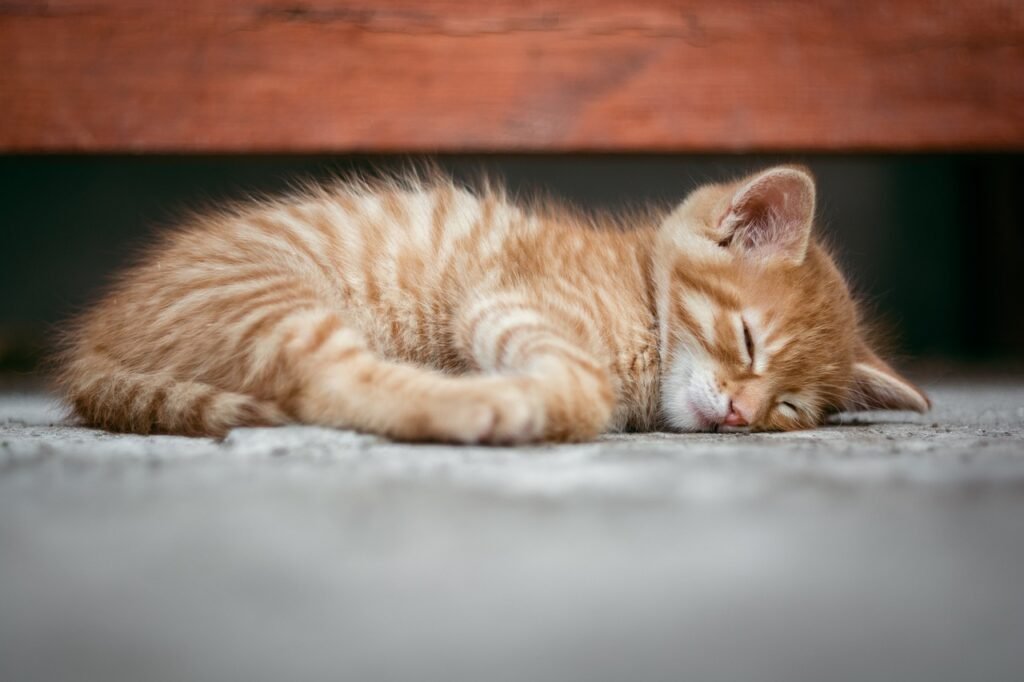
The length of a cat’s whiskers is roughly equal to the width of its body. This natural adaptation helps cats determine whether they can fit through tight spaces without the need to test it with their body. This skill is crucial to avoid getting trapped or stuck in potentially hostile or dangerous environments.
Whiskers as Hunting Tools
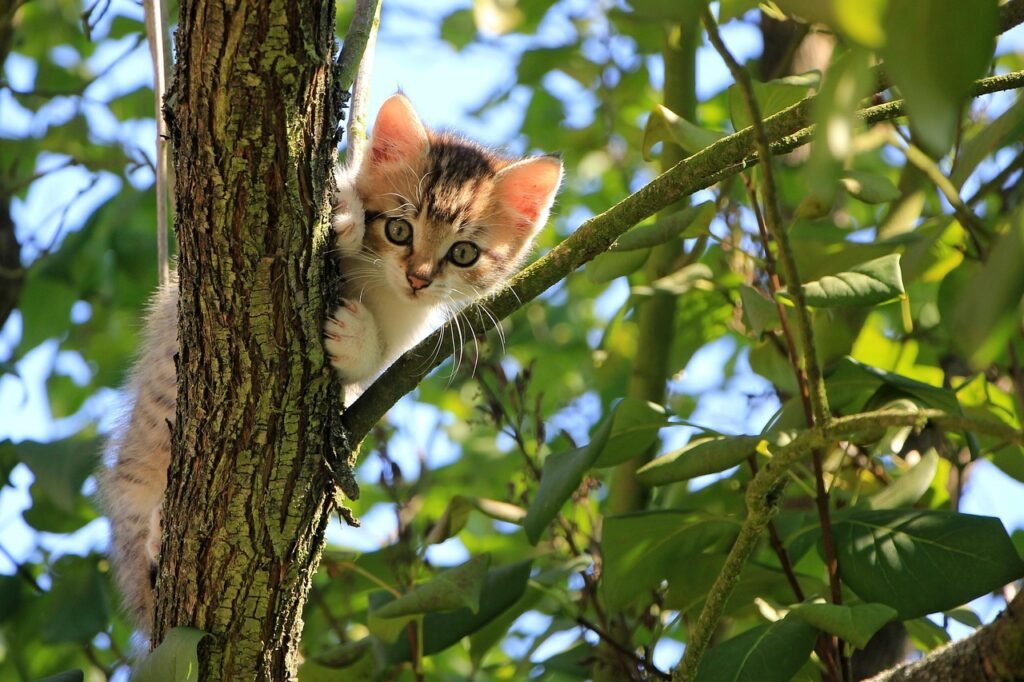
Whiskers are vital for hunting as they enhance a cat’s spatial awareness and precision when capturing prey. When a cat gets close to its prey, its whiskers spread out and forward, acting as a guidance system to pinpoint the prey’s location and movements, even in the absence of clear sight.
Navigating in the Dark

Cats are predominantly crepuscular hunters, meaning they are most active during twilight. Whiskers aid them in navigating dark environments by providing tactile feedback. Whiskers can detect faint vibrations in the air, enabling cats to sense nearby movements of prey or threats.
Emotional Indicators

Whiskers can also be indicative of a cat’s emotional state. Observing their position can give insights into whether a cat is relaxed, curious, or agitated. For instance, whiskers pushed forward may show curiosity or engagement, while whiskers flattened back against the face can indicate stress or aggression.
Whiskers and Balance
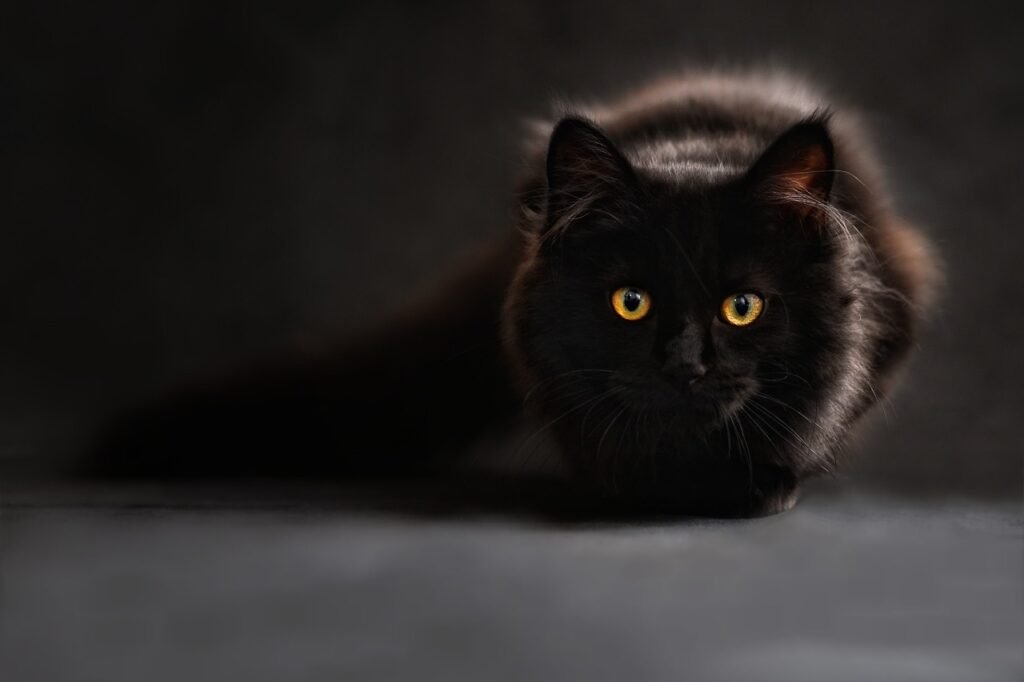
While primarily known for their sensory function, whiskers also contribute to balance. By providing spatial orientation, whiskers assist cats in making precise jumps and landings, a skill essential for survival in the wild.
Stress Indicators and Health
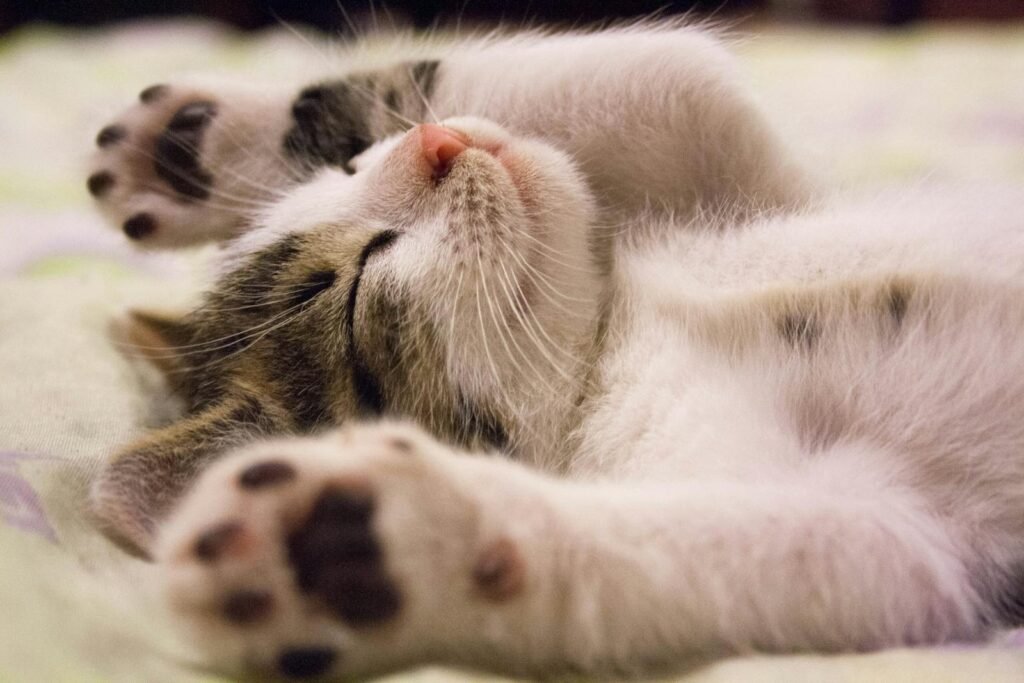
Whiskers are sensitive to touch and pressure. Cutting or damaging a cat’s whiskers can cause disorientation and stress. Healthy whiskers indicate a healthy, alert cat, whereas damaged or overly stressed whiskers may prompt a review of the cat’s environment and health.
Conservation of Energy
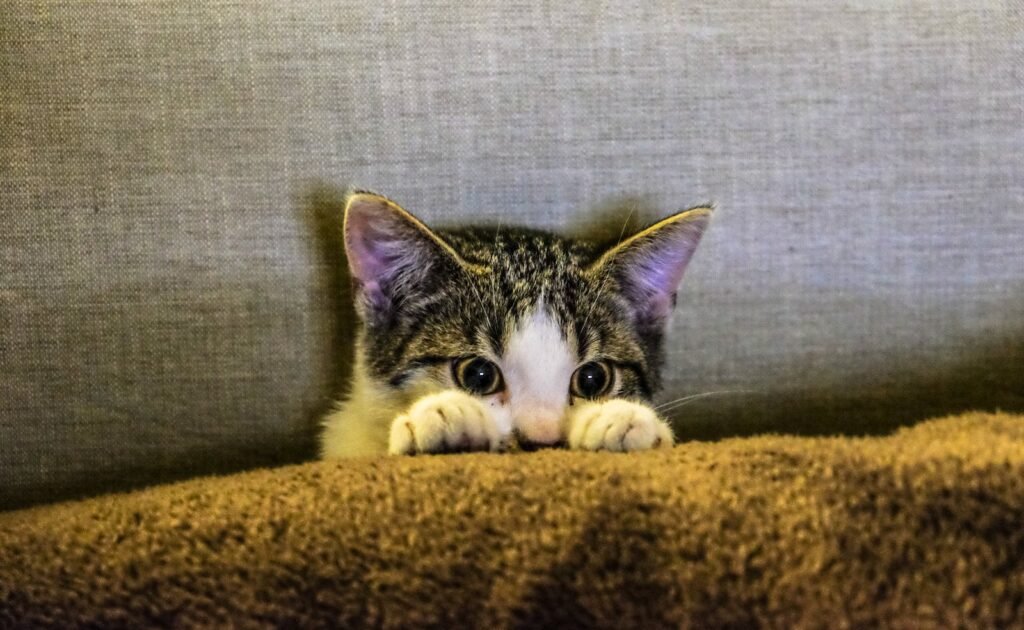
By efficiently navigating environments and successfully hunting with the aid of their whiskers, cats can conserve energy. This efficiency is crucial for survival, allowing them to dedicate energy to reproduction, raising young, and maintaining territorial boundaries.
Whiskers: A Model of Evolutionary Success
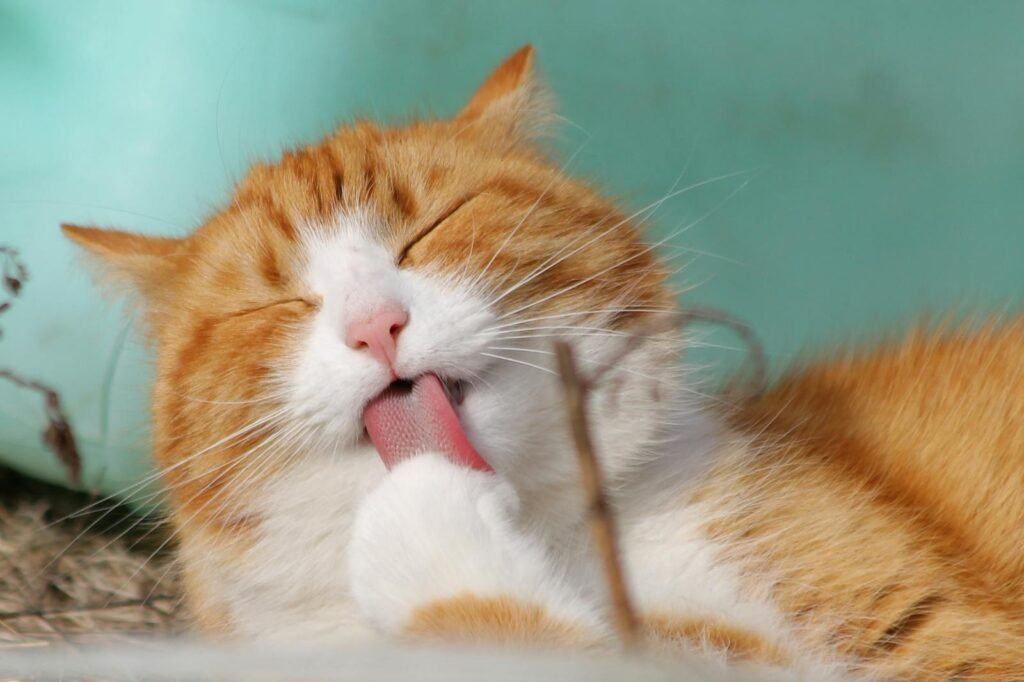
The role of whiskers in a cat’s survival and hunting prowess is a testament to their evolution. Providing essential information that aids navigation, precise hunting, and environmental awareness, whiskers are a key survival tool. These remarkable structures showcase the balance between anatomy and adaptation in the feline world, highlighting how intricate biological features contribute to survival strategies that have stood the test of time.
Hi, I’m Bola, a passionate writer and creative strategist with a knack for crafting compelling content that educates, inspires, and connects. Over the years, I’ve honed my skills across various writing fields, including content creation, copywriting, online course development, and video scriptwriting.
When I’m not at my desk, you’ll find me exploring new ideas, reading books, or brainstorming creative ways to solve challenges. I believe that words have the power to transform, and I’m here to help you leverage that power for success.
Thanks for stopping by, Keep coming to this website to checkout new articles form me. You’d always love it!






